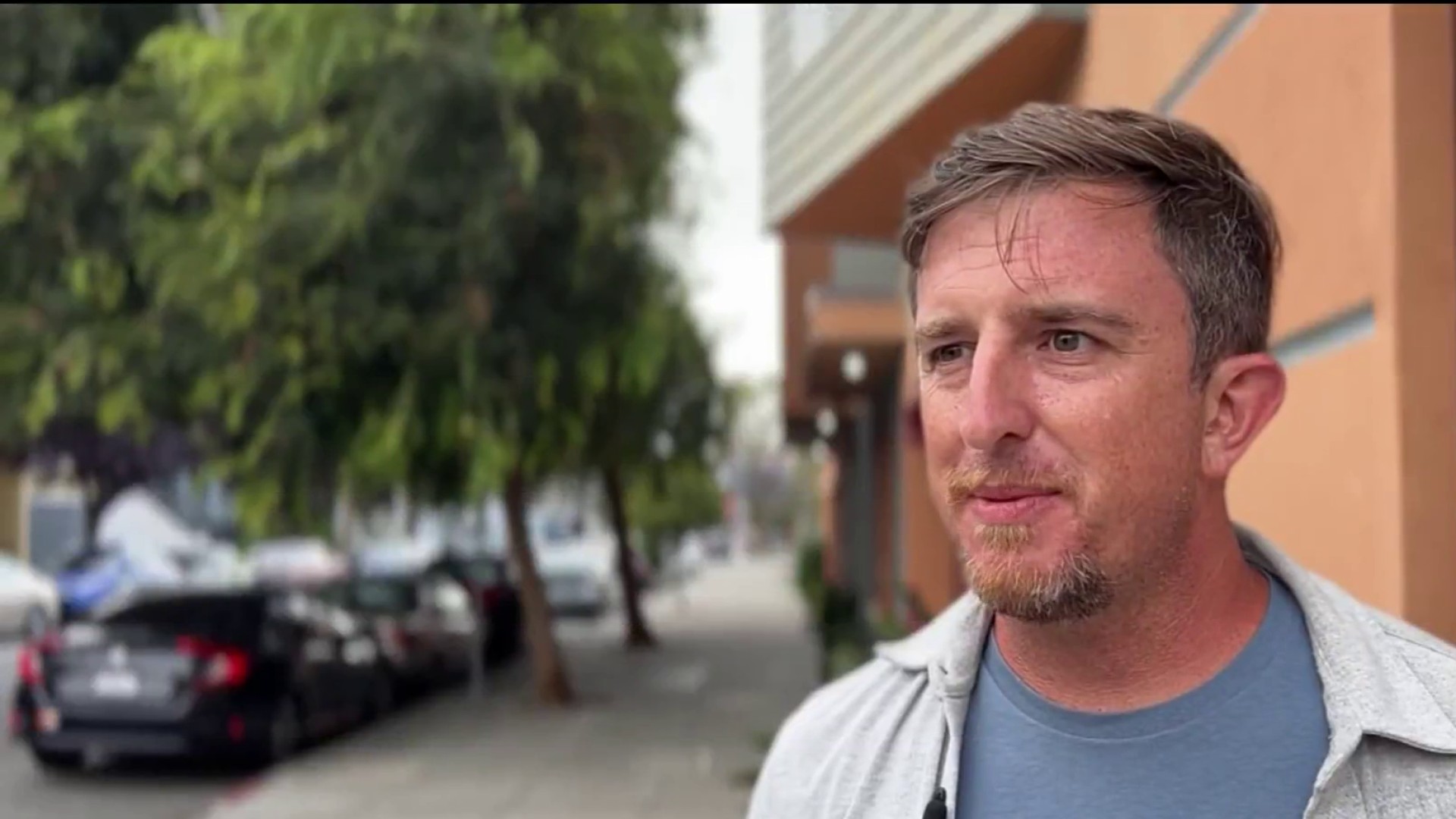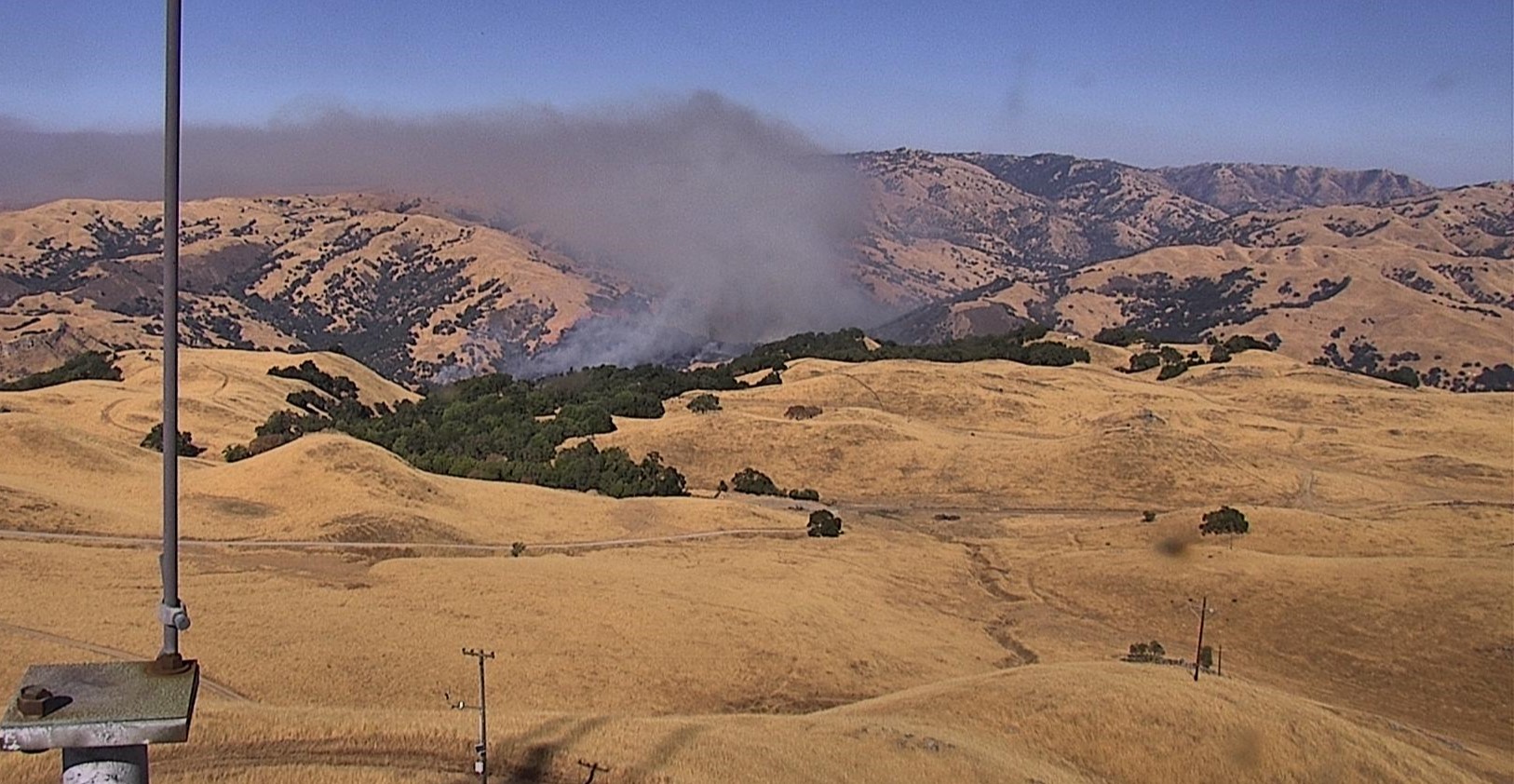House prices are up to astronomical levels. Rent has skyrocketed too. How much is too much?
Uncle Sam has an answer: The U.S. Department of Housing and Urban Development has long drawn a line at 30%. Families shouldn’t let housing eat up more than 30% of their income, HUD says.
“Housing is insane,” said Kaitlan Sample, a homeowner in Mill Valley.
She gave us a slice of her family’s housing budget. Housing costs “maybe started as a third” of her budget, she said. “Now it’s half… yeah, it’s insane.”
She’s nonetheless, making it work. And she’s making her family’s house work for her. We’ll get back to that.
First, NBC Bay Area wanted to gauge how California measures against Uncle Sam’s 30% ceiling.
Our team analyzed census data by county. When it comes to homeowners, the data put zero counties in the financial “danger zone.” But for renters, we found financial risk in 40 of the state’s 58 counties, including Santa Cruz, Sonoma, Contra Costa, Napa, and Marin Counties. In those 40 counties, the median cost of renting devours more than 30% of people’s paychecks -- past Uncle Sam’s safe mark. Two other Bay Area counties are really close: Alameda and San Mateo County at 29%.
Local
“It’s pretty alarming,” said Lily Liu, CEO of the company Piñata. Piñata offers renters a way to build credit. Piñata recently surveyed thousands of U.S. renters. Almost all (90%) said they’re feeling squeezed and worried.
“The majority of [income] is going toward individuals’ rent payments every month,” Liu said. “And that number is not something we anticipate going down this year.“
329 medal events. 32 sports. Endless drama. Catch all the action at the Paris Olympics. Sign up for our free Olympics Headlines newsletter.
So, what can you do? Some startups say: make your place make you some money.
“People are making ends meet!” said David Adams, founder of Sniffspot.com.
Websites like Sniffspot, Swimply, Giggster, Neighbor, and others envision dollar signs inside and outside your home or apartment.
If you’re lucky enough to have a pool, Swimply might be a budget lifesaver. It helps you earn money by the hour -- charging families who want to swim.
Sniffspot also smells profit in people’s backyards. “Basically renting out their land to dog owners,” said Sniffspot’s Adams. He said you connect with dog owners who pay a pretty penny to let their puppies play privately. Adams isn’t cavalier about the cash users can collect. “Seriously, we have people making over $2,000 per month. And our top host, last month, made over $3,000,” he said.
Finally, there’s Giggster. It pairs photogenic homes like Kaitlan Sample’s with professional photographers.
“I try to rent it out once a week,” Sample said. “A lot of people [photograph] the kitchen,” she said. “This is everyone’s favorite.”
Crews pay handsomely to use real homes for flash photo and video shoots.
“I highly recommend it, because it’s passive income,” Sample said. “My kids are in preschool, I’m at my job, my husband’s at his job… so the house is sitting empty.”
Giggster told us you set your own prices and hours, which could be hundreds, even thousands of dollars per day. “Giggster completely covers all of our utility bills and part of the mortgage… which is great every single month,” Sample said.
So what if something goes wrong when strangers are paying to rent a part of your home?
Many of these startups offer users protections like liability insurance. Still, before you sign up, consider calling your own insurance agent to see what your homeowner’s or renter’s insurance policy allows --or doesn’t. A special note for renters: consider contacting your landlord to be sure that sharing your backyard or kitchen for cash doesn’t somehow violate your lease.



